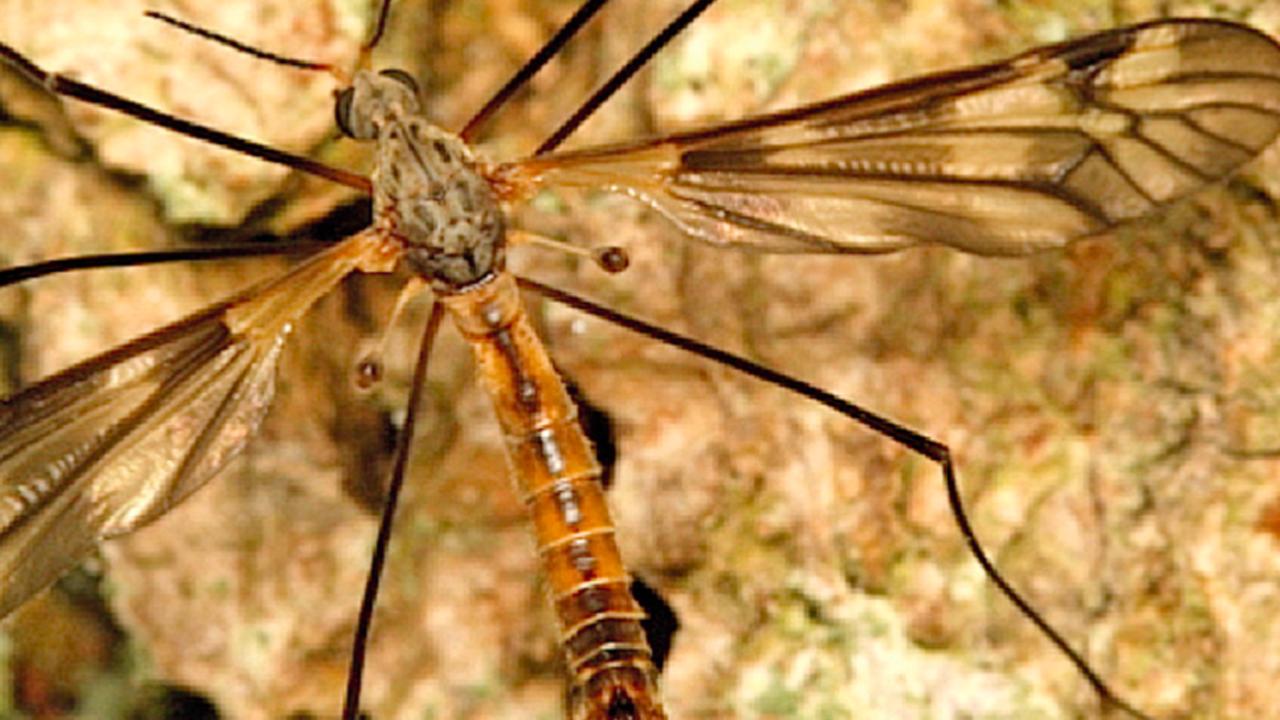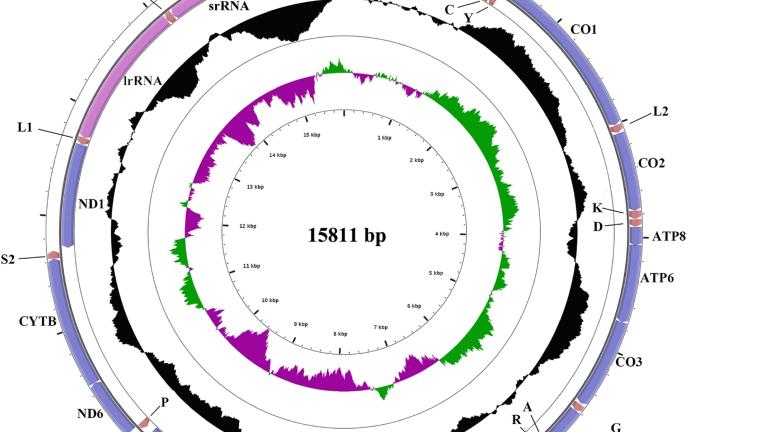
My research focusses on the phylogeny, character evolution and historical biogeography of Tipulomorpha (Insecta, Diptera). Program includes morphological, and - where feasible - molecular examination of recent and fossil adult and immature stages of Tipuloidea (families Cylindrotomidae, Limoniidae, Pediciidae, and Tipulidae) and closely related families Psychodidae, Ptychopteridae, Tanyderidae, Trichoceridae, plus extinct families. As these families most likely represent old lineages of the Diptera, and possibly the oldest known clades of the order, my research interests also extend to the roots of the order and the presumed Permian/Triassic origin of the Diptera from panorpoid (scorpionfly-like) ancestors. Biogeographical approaches include niche modelling studies and Dispersal Vicariance (DIVA) analyses.
Keywords
Lower Diptera, crane flies, Tipulomorpha, Panorpoidea, biogeography, phylogeny
Researchinterest
Molecular phylogeny of the major clades of the Tipulomorpha
A newly formed consortium of cranefly specialists around the world has agreed to start a world-wide morphological and molecular research on the phylogeny of the major clades of the Tipulomorpha. The Tipulomorpha are the largest group of the Diptera, containing more than 18.000 recent described species. They also belong to the oldest groups of the Diptera and understanding the evolution of this large group will help to solve many problems that still exists regarding the origin and early diversification of the order.


Currenttopics
- Origin of Tipulidae based on fossil evidence
- Phylogeny and intercontinental biogeography of Phlebotominae
- Molecular phylogeny of the major clades of the Tipulomorpha
Keypublications
- Adghir A., De Jong H., Kettani K. 2018. The Tipulidae (Diptera) of northern Morocco with a focus on the Rif region, including the description of a new species of Tipula (Lunatipula) and an updated checklist for Morocco. Annales de la Société entomologique de France (N.S.) 54: 522–538. doi:10.1080/00379271.2018.1530949
- Kang Z., Zhang X., Ding S., Tang C., Wang Y., De Jong H., … Yang D. 2017. Transcriptomes of three species of Tipuloidea (Diptera, Tipulomorpha) and implications for phylogeny of Tipulomorpha. PloS one 12(3): e0173207. doi:10.1371/journal.pone.0173207
- Zhang X., Kang Z., Mao M., Li X., Cameron S.L., De Jong H., et al. 2016. Comparative Mt Genomics of the Tipuloidea (Diptera: Nematocera: Tipulomorpha) and Its Implications for the Phylogeny of the Tipulomorpha. PLoS one11(6): e0158167. doi.org/10.1371/journal.pone.0158167
- Boumans L., De Jong H., Oosterbroek P. 2013. The originally East Palaearctic crane fly Tipula (Platytipula)moiwana (Matsumura, 1916) (Diptera, Tipulidae) found in Oslo, an addition to the Norwegian fauna. Norwegian Journal of Entomology, 60: 159–162.
- De Jong H., Oosterbroek P., Gelhaus J., Reusch H., & Young C. 2007. Global diversity of craneflies (Insecta, Diptera: Tipulidea or Tipulidae sensu lato) in freshwater. In: Balian E.V., Lévêque C., Segers H., Martens K. (eds) Freshwater Animal Diversity Assessment. Developments in Hydrobiology, vol 198. Springer, Dordrecht.
Teachingactivities
- Bachelor course Biodiversity II, Leiden University